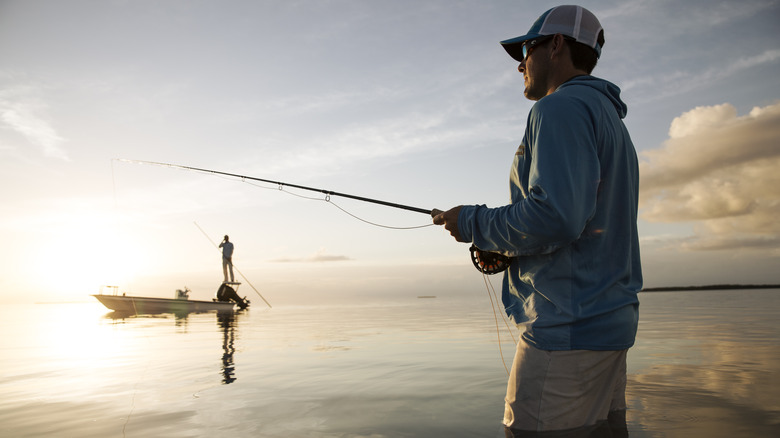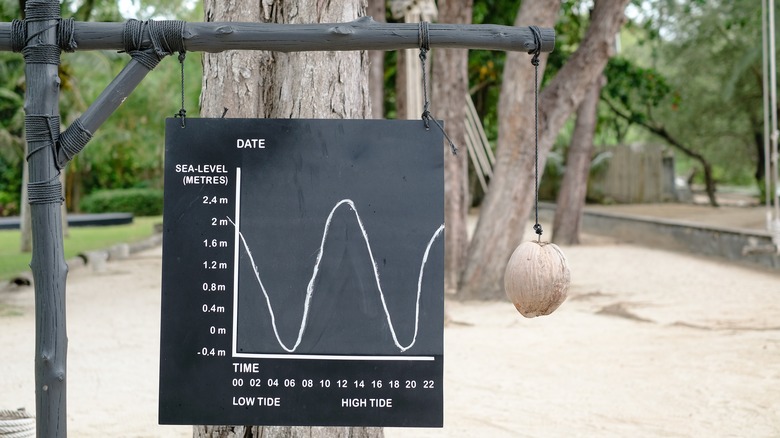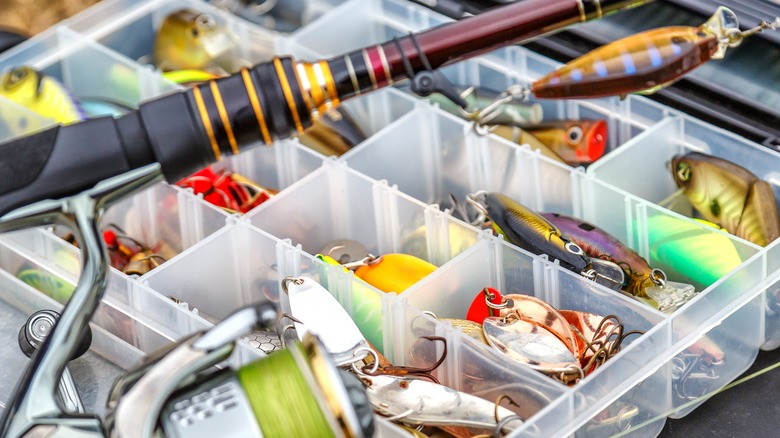Why You're Not Catching Any Fish And How To Help You Get More Bites
There are many enjoyable aspects of fishing, such as spending time outdoors in some incredible locations and comradery with other anglers. But, in reality, if you're not catching any fish, a day on the water is a little less fun. After all, catching fish is the goal of every fisherman. While it is virtually impossible to ensure you catch fish on every outing, in close to three decades as a fishing guide, I have learned there are a few things you can do that will certainly help you get more bites on a consistent basis.
While there are a myriad of adjustments that can be made to help you catch more fish, many of these are specific to type of tackle, species, geographic locations, or time of year. These tips for getting more bites, however, are equally effective whether you are fly fishing or using conventional tackle. They can also be applied regardless of the type of water or season of the year you're in. Additionally, these tips will help you catch any species in any location. That makes them invaluable whether you are fishing your favorite local lake or are on a vacation in far away waters.
It is also important to note that these are steps you can take regardless of fishing skill or experience level. By following this advice, you will both understand why you're not catching any fish and how you can get more bites.
Timing is everything when it comes to fishing
When it comes to how you can catch more fish, picking the best time of day for fishing seems like a no-brainer. However, the best time overall for fishing can change day to day, season to season, and location to location. There are a number of factors that determine the best time for each day. By understanding how these factors affect fish behavior, you will be able to more easily zero in on the best time to fish.
Most often, people think in terms of sunrise and sunset as the best time for fishing. That can certainly be true during the hotter portions of the year when these lowlight times of day see cooler water temperatures. However, the opposite is true during the chill of winter, when fish tend to get more active later in the day, once the sun has sufficiently warmed the water. So in a general sense, you should pick the time of day based on when the most comfortable water temperatures will be found for fish during that time of year.
Solunar activity also strongly affects fish feeding behavior. On any body of water, there are major and minor feeding times. Utilizing solunar tables found in various publications or online tools like the In-Fisherman Interactive Solunar Calendar will point to the period of predicted high activity based on the solunar tables. Keep in mind, solunar tables do not take into account weather and other variables. But, they are a good starting point. Solunar activity affects fish in tidal-influenced areas even more dramatically, as tide flow is often key to triggering fish to bite. Tools like the Casio Fishing Watch can help you keep track of both tide movement and prime feeding times.
Use the right lures and baits for the conditions
Like choosing the right time of day to fish, there is no constant when it comes to picking the best fishing bait or lures. While most anglers have their favorite lure or bait, it is a common mistake fishermen make to use that same lure or bait under any and all conditions. Rather, you get more bites on a consistent basis by adjusting what you throw based on the available prey items and prevailing weather and water conditions.
The idea of "match the hatch" originated with fly fishermen matching the match of insects in a particular area at a given time. This, however, can be applied to any type of fishing anywhere. Essentially, it just involves matching the most prevalent prey item when fishing a specific area. Whether it be insects, shrimp, crabs, minnows, or any other forage, it is best to use what fish are feeding on or lures or fly patterns that imitate those items.
While this generally holds true, weather and water conditions can change that for artificial lure and fly fishermen. Typically, darker water and overcast skies mean throwing dark or brightly colored lures and flies, while clear water and skies tend to dictate throwing natural or translucent colors. The size can also change based on the weather. Barometric pressure, in particular, can change selections. During periods of low or dropping pressure, fish tend to feed more aggressively, so larger lures, baits, and flies can be productive. However, high pressure tends to cause fish to be more reluctant, so downsizing your offerings can help. Carrying a fishing barometer can help you determine if barometric pressure is affecting the way fish are feeding at any given time.


